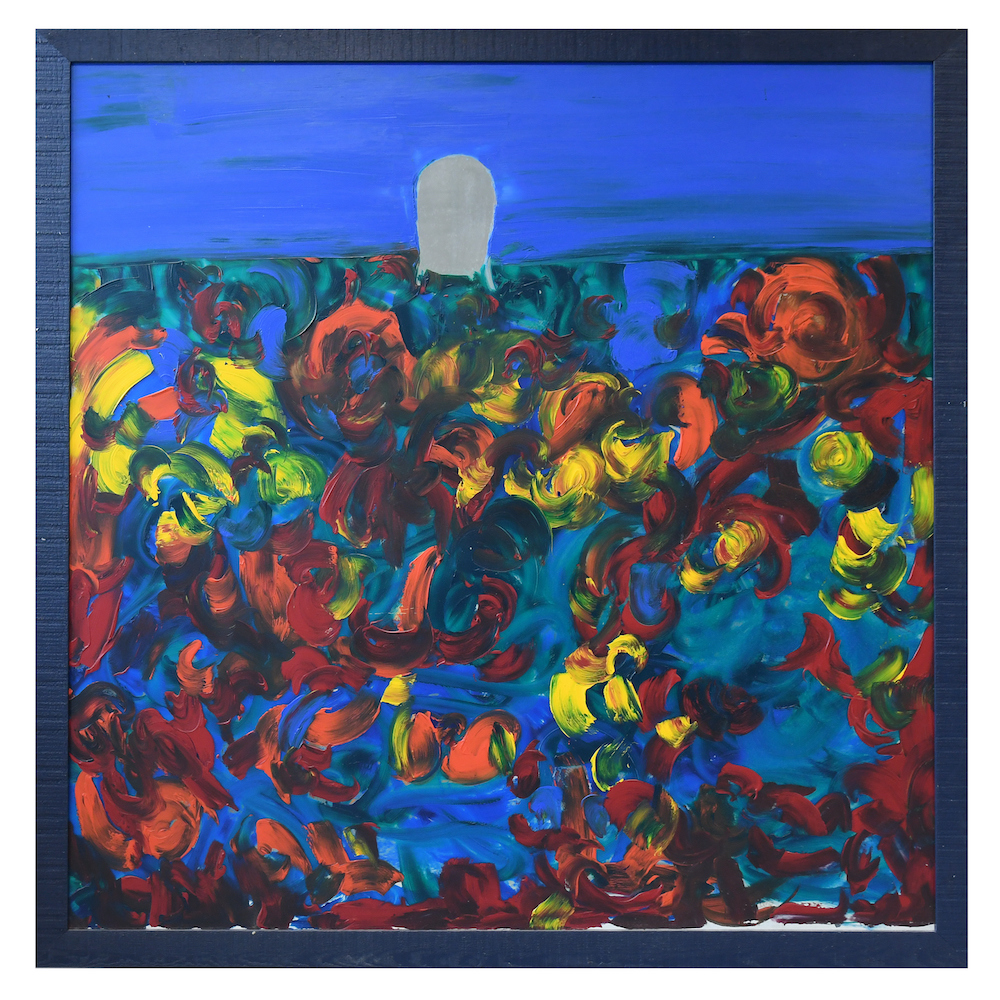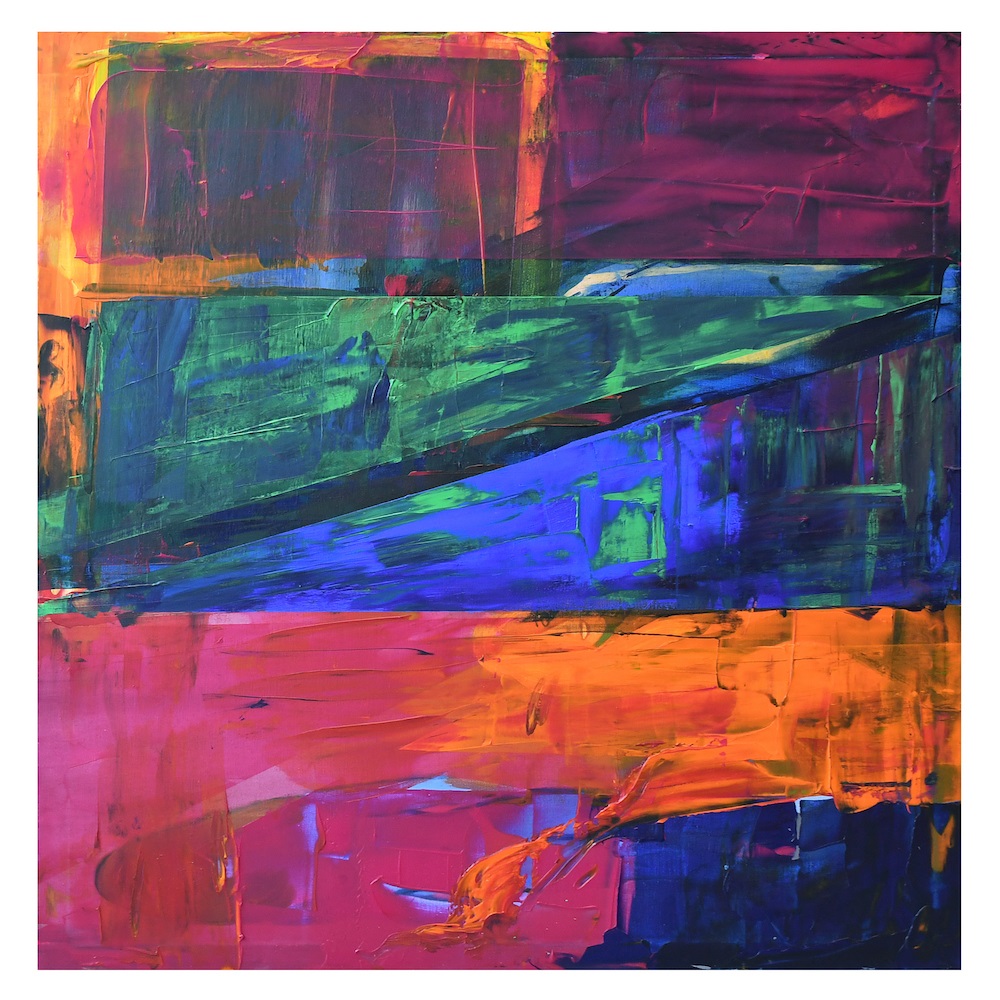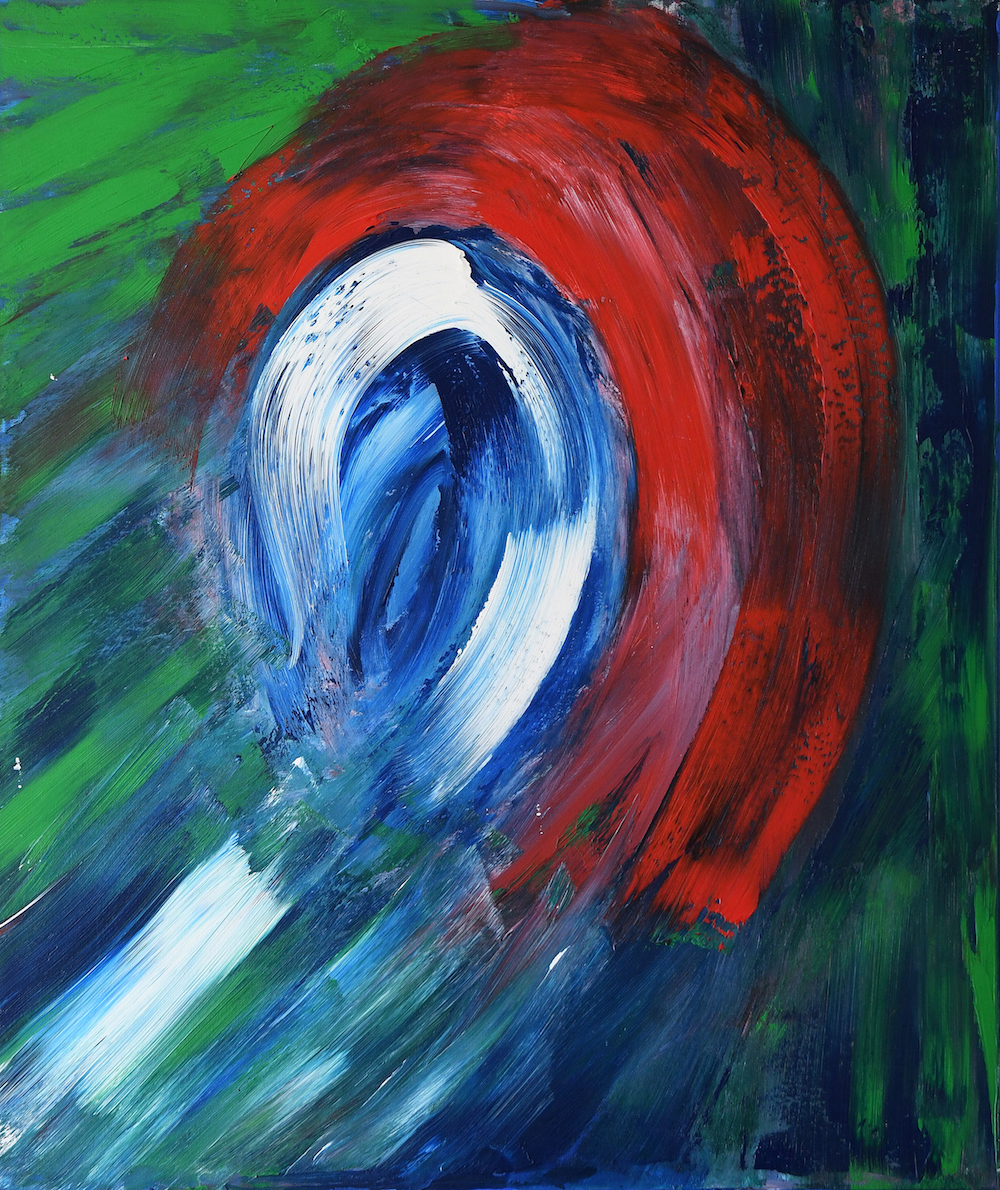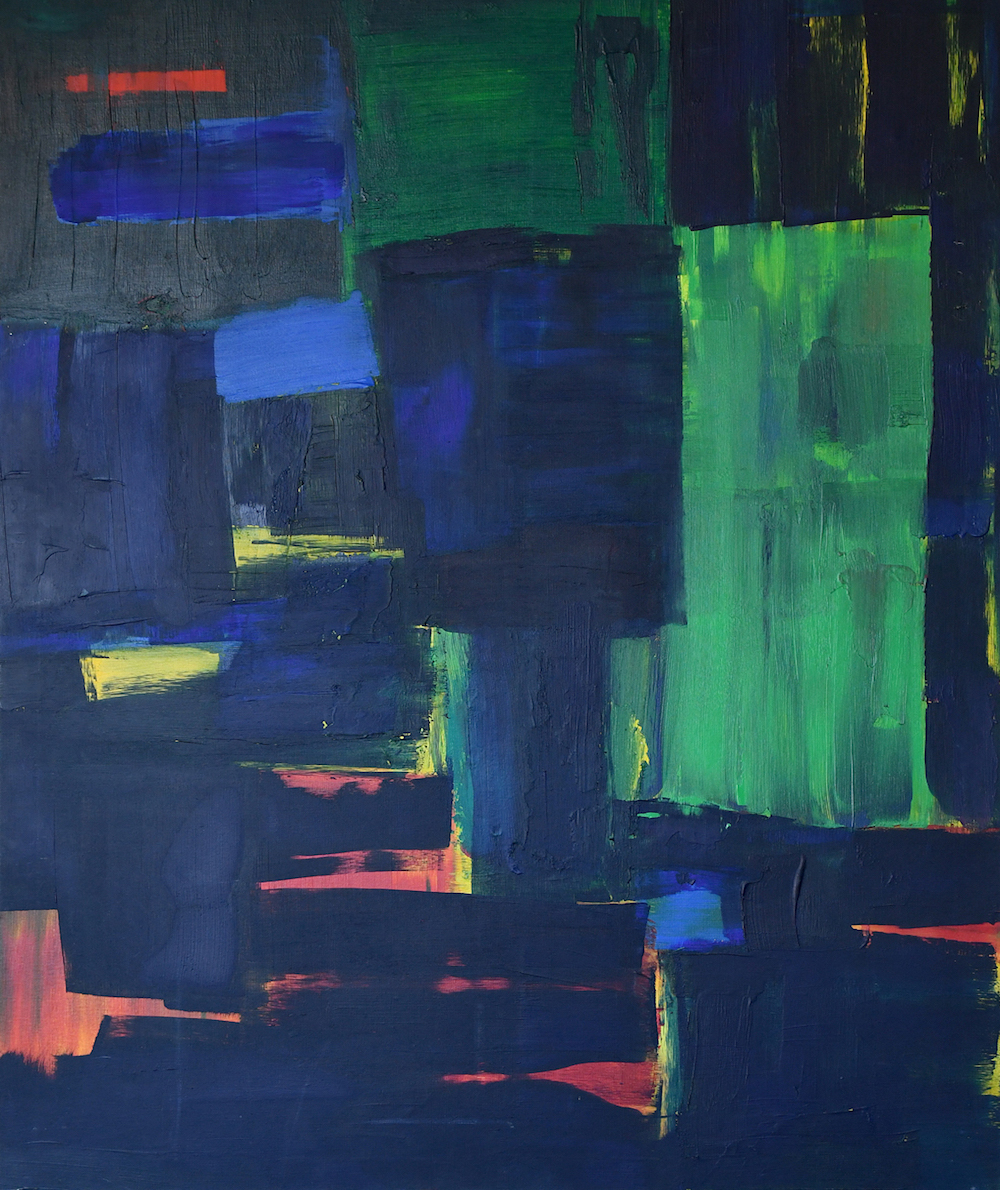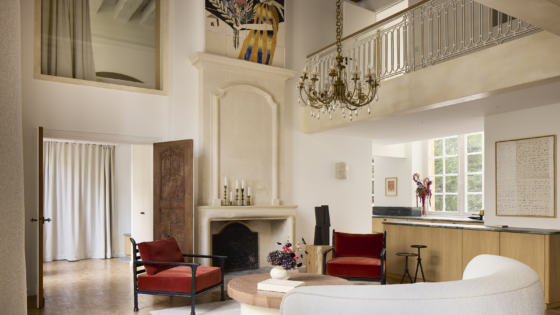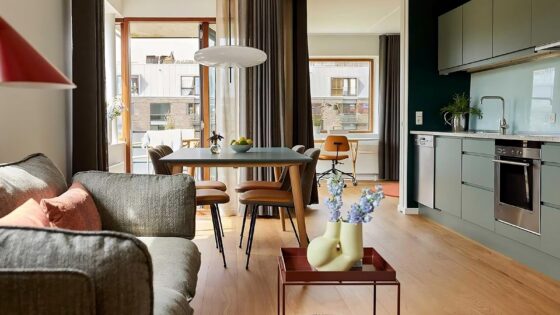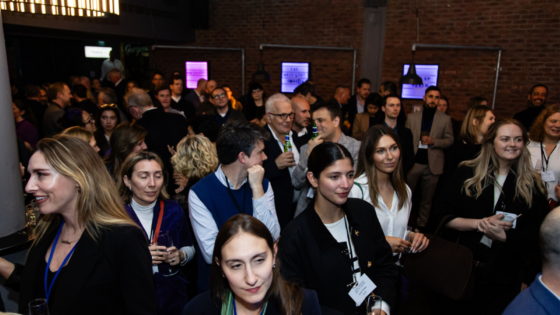Following our spotlight on art last month, Hotel Designs has invited Frances Bildner from Frances Bildner Expressive Arts to explore the benefits of art in hotel design, from framed pieces in the lobby to colourful in-between spaces within the hotel journey…

During the last year whilst we have been more isolated, the power of art was more important than ever. The whole world needed to have a positive impact to help them through it. Unfortunately, during this period, many people suffered with feelings of isolation, and mental illness increased. Art has the power to change the way people think, and how they feel, especially during these stressful times. It can challenge, educate, and provoke change. Having an inspiring painting on your wall can brighten up your day. It can make work feel more manageable, and it can make home feel more joyful. It is a great pity that hospitals do not use more art for their patients to enjoy. It would facilitate wellbeing and add some colour to their white drab walls.
- Image credit: Frances Bildner Expressive Arts
- Image credit: Frances Bildner Expressive Arts
Companies are now investing in art more than ever. They understand the positive impact on management, employees and visitors. Interior Designers, Hotels and Property developers, all use art to help sell their homes, buildings and businesses. There is also an increased and growing awareness about the return of Art as an investment.
‘Art hotels’ have sprung up internationally, offering rooms with customised art, adding to the guest experience by creating an interior that is both individual, and filled with character and charm. This is a far cry from the generic rooms of the past. Some hotels offer artists exhibitions, while others use interior designers to start the process of collection and curation.
Fife Arms in Scotland, owned by the founders of renowned gallery Hauser and Wirth, use the gallery to acquire and curate the art which is key to their guest experience. The Artist Residence in Bristol is known for its bold, eclectic design, and a key element to this, is the successful pairing of contemporary art with historical character.
- Image credit: Frances Bildner Expressive Arts
- Image credit: Frances Bildner Expressive Arts
A hotel that is well known for its championing of the arts, is Beaverbrook. The estate houses a wealth of historical art treasures, which is curated by Beaverbrook’s creative director, Sir Frank Lowe. He has been responsible for the inspirational collection of works created by a whole host of artists from diverse generations and genres. These include work by contemporary stained glass artist Brian Clarke, as well as names like Gerhard Richter and Jean Cocteau.
Designed by Brian Clarke, the Coach House is a work of art in itself, with its vibrant and uplifting flower themed stained-glass panels and skylights, as well as ceramic tiles and mosaics made by Clarke to reflect the power and beauty of nature, the hills and woods that you can see for miles around. In his design of the spa, Clarke has created a total work of art: mouth-blown stained glass, Venetian glass mosaic, drifts of handmade ceramic cornflowers and poppies, tile work, and his paintings and prints all appear throughout, conspiring to produce a unified effect through light and colour, together with integral elements including the ceramic reception desk and spa fireplace.
“When they asked me to create an artistic environment for the spa at Beaverbrook the idea appealed to me greatly because I consciously seek through my art in buildings to uplift the soul – and the spa historically, since Roman times and before, has sought to do the same,” said Brian Clarke. “I derive considerable pleasure from thinking that the combination of the environment and the treatments that people receive there take away the weight of contemporary life which is often so grim.”
Installed above the doorway of the entrance to the Italian gardens, is a rare, original, stained-glass panel entitled “Engel” (1958) by Jean Cocteau, renowned poet, playwright, visual artist and avant-garde filmmaker, while hanging in the lobby is a tapestry by artist, Gerhard Richter. The work, entitled Abdu, is one of a group of four enormous tapestries created by the artist in 2009. It is based on one of his previous works and fuses the ancient Arab art of carpet weaving with high tech sophistication.
Restaurants such as Le Colombe d’Or in St Paul de Vence, have a long history of art adorning their walls. Artists who could not afford meals would give a painting in lieu of payment. From Miro, Braque and Chagall in the fifties, the collection also includes work by Picasso and Calder. Both the restaurant and the art have been frequented and enjoyed by creative spirits over the years. The art collection has continued to grow over time, with the latest work being a ceramic work by Irish artist Sean Scully for the swimming pool area.
Whether buying art for investment or for enhancing the environment, who can argue that a bright colourful and vital piece of art can substantially increase the joy in ones life. And we all need that!
Frances Bildner Expressive Arts, which is the result of many years in the business of providing fine art for public and private spaces, is one of our Recommended Suppliers and regularly features in our Supplier News section of the website. If you are interested in becoming one of our recommended suppliers, please email Katy Phillips.
Main image credit: Unsplash/Shop_Slo

